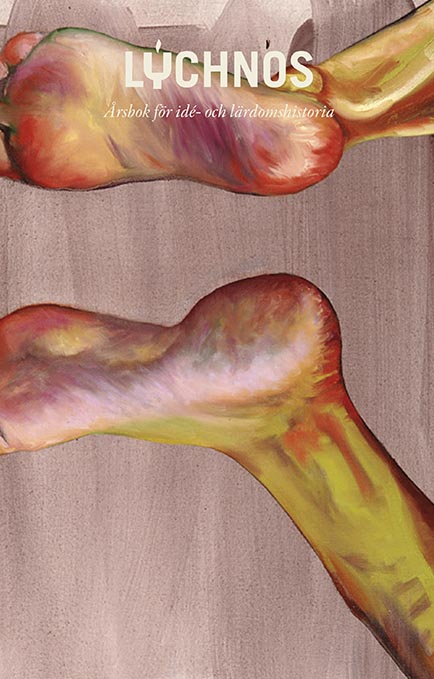Sublime place, subaltern space
Railroad workers and female cooks on the subarctic railroad 1898–1902
Keywords:
industrialization, domestic colonialism, spatial representation, lived experience, symbolic space, railroad workersAbstract
The purpose of this article is to articulate the lived experience of the workers who built the Subarctic Railroad 1898–1902. The article explores how worker’s experiences relate to conventional histories of the industrialization of the Swedish far north, arguing that said industrialization was not only capitalist, but also colonial. In particular, it examines ideas and practices related to the spatial conditions along the railroad, and the social practices, aesthetic values and nationalist mythologies those conditions inspired. In order to express a counter-narrative to patriarchal-colonial representations of history and to discover previously excluded subject positions, railroad worker’s accounts have been analyzed through a theoretical and methodological framework informed by feminist postcolonial theory with a focus on space and materiality. The article finds that colonial tropes are frequent in texts produced by elites, but rare in railroad worker’s accounts. Instead, the latter are characterized by the violence that colonial and capitalist practices have in common. For female workers, the ambivalence of rural colonial space enabled a certain degree of boundary transgression, yet at the cost of abjection.
Downloads
Published
Issue
Section
License
This work is licensed under a Creative Commons Attribution 4.0 International License. The copyright for the work published in Lychnos remains with the authors.


